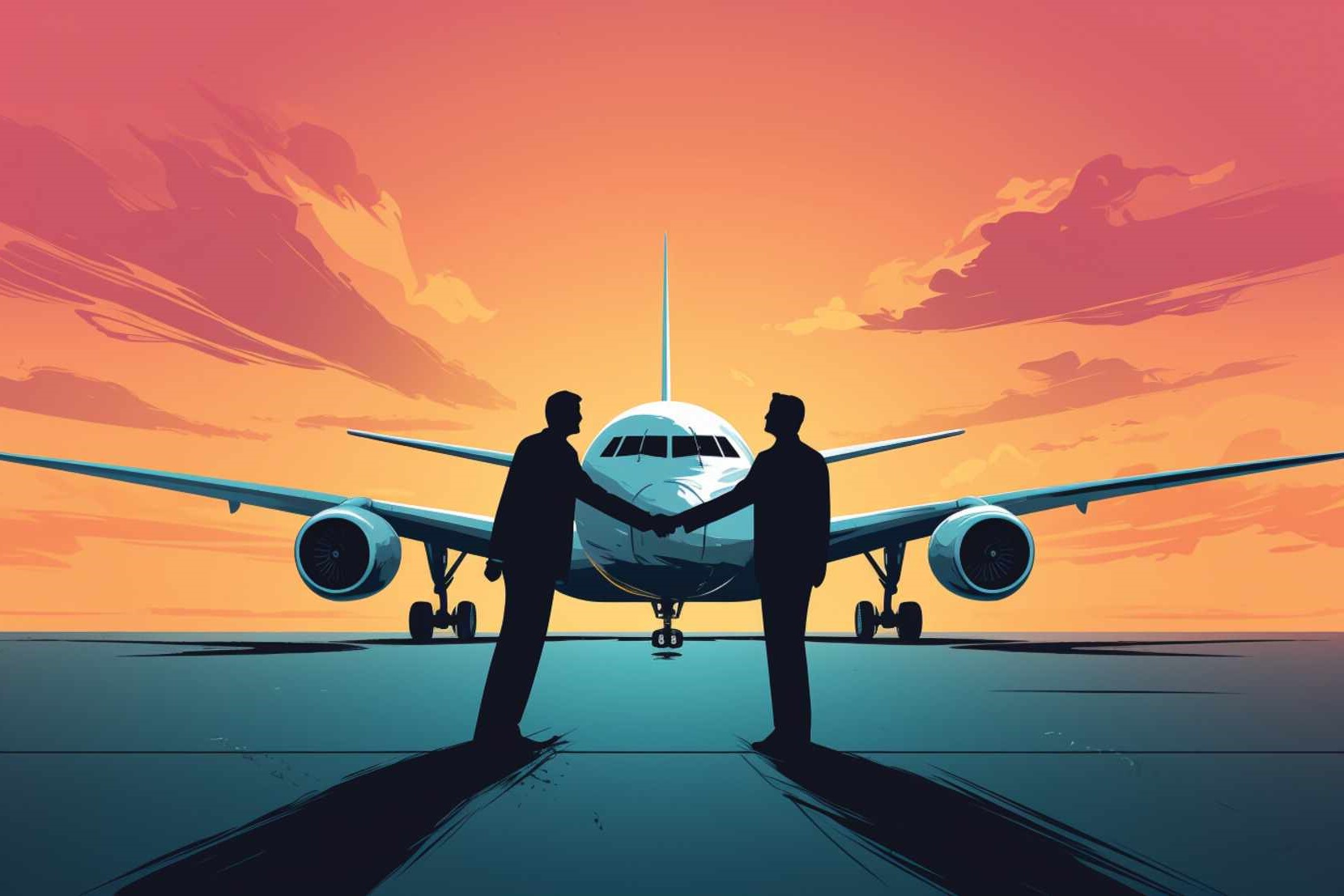
Airline mergers and acquisitions have reshaped the aviation industry over the years. Ever wondered why airlines decide to merge or acquire others? Mergers and acquisitions can lead to increased market share, reduced competition, and improved operational efficiency. However, they also come with challenges like integrating different corporate cultures and managing regulatory hurdles. In this post, we’ll explore 13 intriguing facts about these strategic moves in the airline industry. From the largest mergers in history to the impact on ticket prices, we’ll cover it all. Buckle up and get ready to learn how these deals shape the skies we fly in!
Key Takeaways:
- Airline mergers create big airlines, save money, and increase market share, leading to more flight options for passengers but potentially higher ticket prices.
- Mergers face strict regulations, including antitrust laws and approval processes, to ensure fair competition and protect consumers. Future mergers may involve global expansion and technological integration.
Understanding Airline Mergers and Acquisitions
Airline mergers and acquisitions (M&A) shape the aviation industry. They can lead to larger networks, better services, and sometimes, higher prices. Here are some intriguing facts about these complex deals.
-
Mergers Create Mega Airlines: When airlines merge, they often form massive carriers. For example, the merger of American Airlines and US Airways in 2013 created the world's largest airline at that time.
-
Cost Savings: Mergers can save airlines money. By combining operations, airlines can reduce costs on things like fuel, maintenance, and staffing.
-
Increased Market Share: Merging allows airlines to capture a larger share of the market. This can lead to more routes and better flight options for passengers.
Historical Airline Mergers
Some mergers have left a significant mark on the aviation industry. These historical mergers have shaped the way we fly today.
-
Delta and Northwest: In 2008, Delta Air Lines merged with Northwest Airlines. This merger helped Delta become one of the largest airlines in the world.
-
United and Continental: The 2010 merger of United Airlines and Continental Airlines created a giant in the aviation industry, expanding their global reach.
-
Southwest and AirTran: Southwest Airlines acquired AirTran Airways in 2011. This merger allowed Southwest to expand its low-cost service to more destinations.
Impact on Passengers
Mergers and acquisitions can have various effects on passengers, both positive and negative.
-
More Flight Options: Mergers can lead to more flight options for passengers. With a larger network, airlines can offer more routes and better connections.
-
Higher Prices: Sometimes, mergers can lead to higher ticket prices. With less competition, airlines may raise fares.
-
Improved Services: Merged airlines often improve their services. They may offer better in-flight amenities, more frequent flyer benefits, and enhanced customer service.
Regulatory Challenges
Airline mergers face strict regulations to ensure fair competition and protect consumers.
-
Antitrust Laws: Governments enforce antitrust laws to prevent monopolies. These laws ensure that mergers do not harm competition or lead to unfair pricing.
-
Approval Process: Mergers must go through a rigorous approval process. Regulatory bodies like the U.S. Department of Justice and the European Commission review proposed mergers to ensure they comply with the law.
Future of Airline Mergers
The future of airline mergers looks promising, with potential deals on the horizon.
-
Global Expansion: Airlines are looking to expand globally. Future mergers may involve airlines from different countries, creating even larger international carriers.
-
Technological Integration: Future mergers may focus on integrating technology. Airlines could combine their tech resources to offer better booking systems, in-flight entertainment, and customer service.
The Final Word on Airline Mergers
Airline mergers and acquisitions have reshaped the aviation industry, creating both opportunities and challenges. These deals often lead to cost savings, expanded route networks, and improved efficiency. However, they can also result in job losses, reduced competition, and higher fares for passengers. Understanding the complexities of these mergers helps us grasp their impact on the market and our travel experiences.
While some mergers have been wildly successful, others have faced significant hurdles. The key to a successful merger lies in strategic planning, effective integration, and maintaining a focus on customer satisfaction. As the aviation landscape continues to evolve, staying informed about these changes can help travelers make better decisions and adapt to new realities.
In the end, airline mergers are a double-edged sword, offering both benefits and drawbacks. Keeping an eye on these developments ensures we're prepared for whatever comes next.
Frequently Asked Questions
Was this page helpful?
Our commitment to delivering trustworthy and engaging content is at the heart of what we do. Each fact on our site is contributed by real users like you, bringing a wealth of diverse insights and information. To ensure the highest standards of accuracy and reliability, our dedicated editors meticulously review each submission. This process guarantees that the facts we share are not only fascinating but also credible. Trust in our commitment to quality and authenticity as you explore and learn with us.


